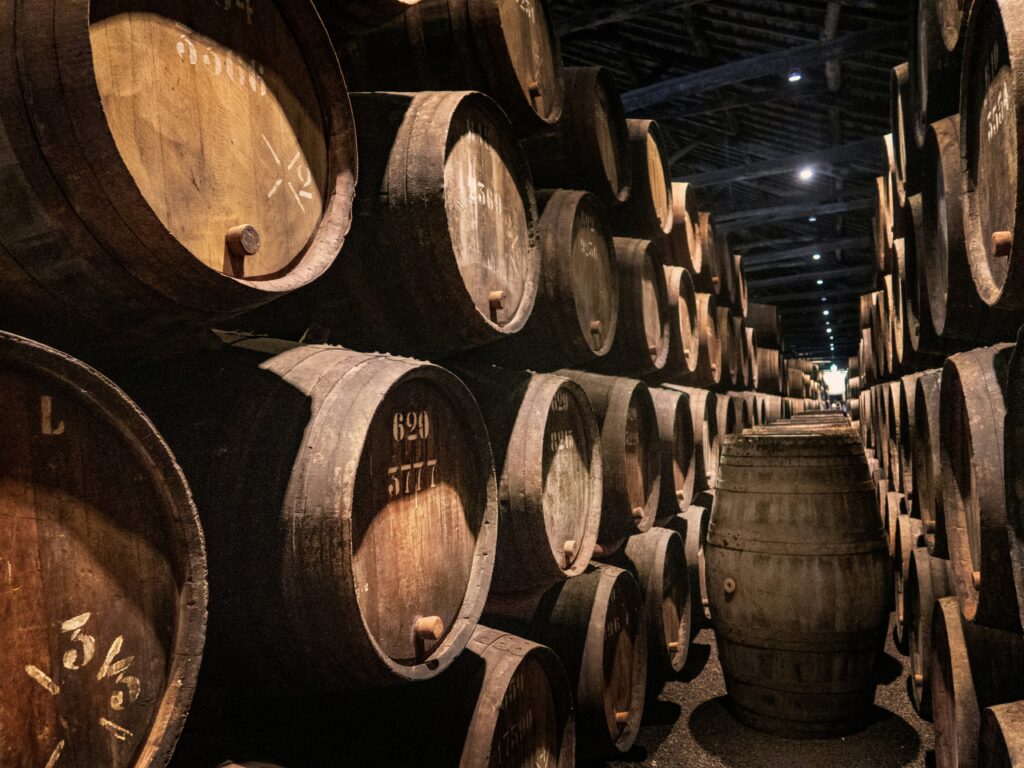Wine sales across the globe dropped sharply in 2024. This marked the lowest level since 1961, as reported by the International Organisation of Vine and Wine (OIV). The report showed a 3.3% drop in sales compared to 2023. Total wine sales fell to just 214.2 million hectolitres.
This is not the only sign of trouble for the wine industry. Global wine production also shrank by nearly 5% to 225.8 million hectolitres. This is the weakest harvest seen in over 60 years. The steep fall was caused by a mix of extreme weather and economic problems.
Poor Harvests Across Major Wine Regions
France, one of the top wine-producing countries, had the worst hit. Its wine production fell by 23%, reaching only 36.1 million hectolitres. This is France’s lowest output since 1957. Experts say this was mainly due to a harsh mix of floods, frost, and drought.
Meanwhile, Italy stayed ahead as the world’s top wine producer. The country made 44 million hectolitres in 2024. Italy’s strong exports of sparkling wines like prosecco helped it stay on top. Spain came next with 31 million hectolitres, even though it also faced a tough year.
The United States saw a 17% drop in wine production. This was mostly due to extreme heat waves and dry conditions in top wine states like California.
Wine Consumption Continues to Shrink
Wine drinking is also going down. Global demand has dropped 12% since the 2019–2020 period. In the same time, the average cost of a wine bottle went up by about 30%. This price hike has made many people reduce how much they buy.
In the U.S., wine consumption fell 5.8% in 2024, landing at 33.3 million hectolitres. Europe still makes up nearly half of the global wine market. But even there, demand fell by 2.8%. France saw a 3.6% drop in wine drinking. Yet, not all countries saw a fall. Spain and Portugal showed small increases in local consumption.
The OIV’s report points to a deeper trend — people’s drinking habits are changing, especially among the young. Wine sellers like Nicolas in France say younger adults are drinking less. People are also moving away from drinking to celebrate. Instead, they are buying fewer bottles, but of better quality.
Younger Generations Leading the Shift
Many young people today are focused on health, fitness, and mindfulness. Drinking is often seen as a risk to those goals. A growing number of young adults prefer low-alcohol or alcohol-free drinks. Some even avoid alcohol altogether. This change is seen worldwide and is reshaping how the wine market works.
Wine companies are trying to adapt. Some are now offering organic wines, natural wines, and even no-alcohol versions. These trends aim to match the new needs of younger buyers who care about health and the environment.
In addition, many drinkers now explore craft beers, ciders, and cocktails. Social media also plays a role. Flashy cocktails and vibrant drinks often get more attention online than a simple glass of wine.
Political and Trade Uncertainty Ahead
Politics is another hurdle. Past trade tariffs — like those imposed by former U.S. President Donald Trump — caused trouble for global wine flows. If such policies return, they could hurt wine exports again. The OIV called this a “bomb” that may disrupt the industry even further.
Other trade issues like Brexit and import restrictions in China have also made wine exports harder. Producers now have to deal with red tape, delays, and rising transport costs.
Climate Change: A Long-Term Threat
Perhaps the biggest problem for winemakers is the climate. Grape vines are sensitive plants. They need just the right mix of sun, rain, and temperature. But today’s weather is more extreme than ever. Heat waves, wildfires, floods, and droughts are becoming more common.
In 2024, parts of Europe saw unusual frost in spring, followed by heat in summer and heavy rain in fall. All of this hurts both the size and quality of grape harvests. If these patterns continue, the types of grapes that can grow in certain areas may change forever.
Some growers are already moving vineyards to higher ground or cooler zones. Others are experimenting with new grape types that can handle heat better. But such changes take time, and small wine producers may struggle to adapt.
A Changing Industry
Experts believe the wine industry is at a turning point. The fall in both production and sales is not just a short-term problem. It might mark a bigger shift in how wine is made, sold, and enjoyed.
To survive, the industry may need to rethink its ways. This includes using smart farming, exploring new markets, offering new products, and connecting with younger buyers in modern ways.
Despite the drop in global wine sales, many in the industry remain hopeful. They believe that by adapting to new habits, fighting climate change, and staying creative, wine can still hold a strong place in the world’s future.


